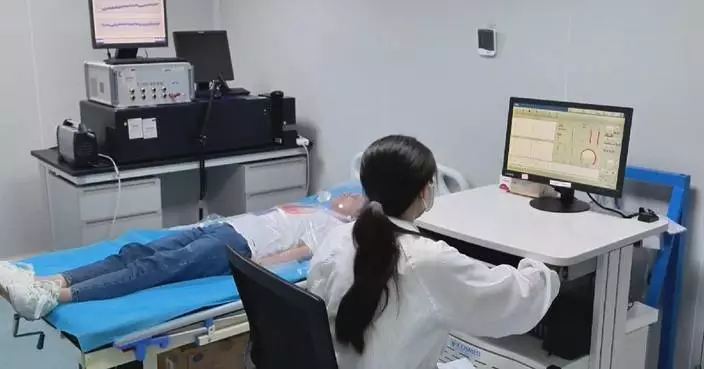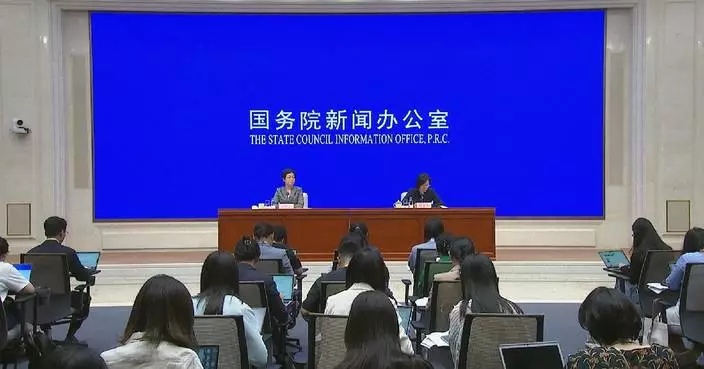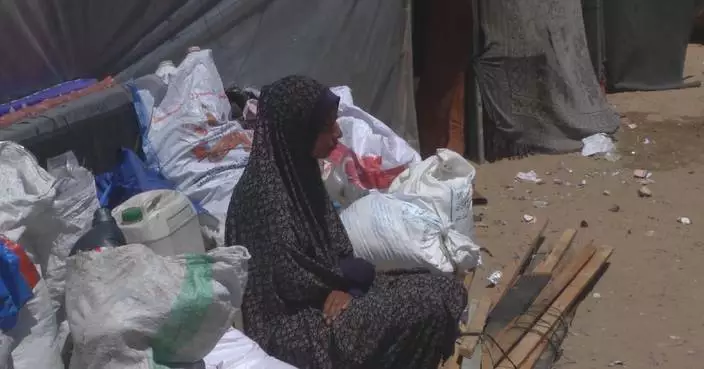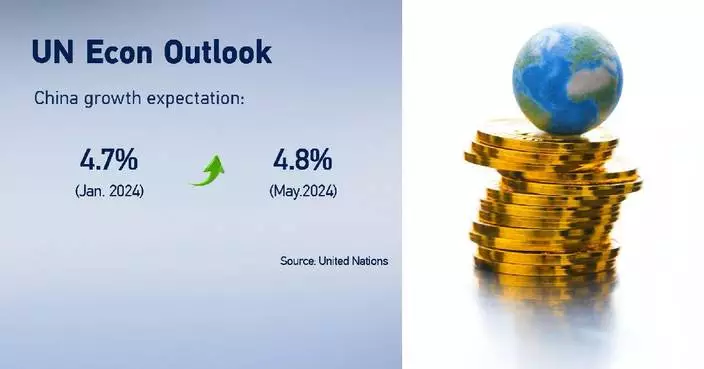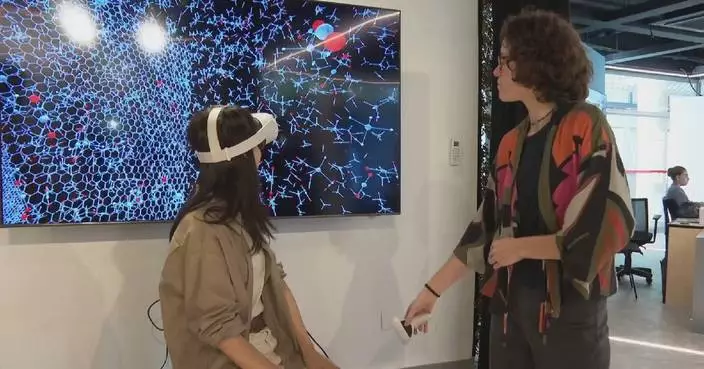China's Shenzhou-17 manned spaceship separated from the Tiangong space station combination at 08:43 Beijing Time (00:43 GMT) on Tuesday, according to the China Manned Space Agency (CMSA).
The three astronauts aboard, Tang Hongbo, Tang Shengjie and Jiang Xinlin, have lived and worked in the space station complex for six months and are now beginning their return journey to Earth.
Prior to the separation, the crew completed all planned tasks and handover work with the Shenzhou-18 astronauts who arrived at the space station in the early hours of Friday, the CMSA said.
The Shenzhou-17 crew is scheduled to touch down at the Dongfeng Landing Site, located in the Gobi Desert in north China's Inner Mongolia Autonomous Region, where search and retrieval teams are standing by.

China's Shenzhou-17 separates from space station combination, starts journey home
Cremona, a small northern Italian city famed as the "birthplace of violin," has seen its economy flourish thanks to the transformative Violin Museum.
Serving as both an educational and research platform, the museum has become a magnet for tourism, injecting significant revenue into the local economy.
Despite Cremona's population of just over 70,000, the museum attracted 110,000 visitors last year, making it one of the most visited attractions in the area. With an annual revenue of over 2 million euros (about 2.17 million U.S. dollars).
Established in 2013, the Violin Museum boasts 10 exhibition halls spread across 5,300 square meters. Visitors can admire over 30 violins crafted by local violin-making families from the 16th to the 18th century. And immersive multimedia devices allow visitors to delve into the origins, evolution, and production process of the violin.
Meanwhile, the museum goes beyond static displays for its valuable violin collection. It offers a "dynamic preservation" approach, where musicians perform for the audience in the museum's concert hall at noon, using these highly prized violins.
"I appreciate the effort they put into the preservation and also the documentation, and the research that they're going to provide for all of us makers," said a visitor from Australia.
To support violin restoration and acoustic analysis, the museum houses repair and acoustic analysis laboratories established by two Italian universities. These research facilities, the only ones of their kind in Italy located within a museum, provide crucial databases for global restoration and production of bowed string instruments.
"The initial purpose of establishing this museum was to create an open space. The construction of the museum in Cremona 11 years ago was not a coincidence. It all goes back to over 500 years ago. However, the museum's development is future-oriented, making it a space prepared for researchers," said Virginia Villa, director of the museum.
Cremona is home to around 180 instrument-making companies, with the export value of bowed string instruments accounting for approximately 80 percent of Italy's national total.
"It is evident that the Violin Museum has propelled the entire city's development. At the same time, the city is also supporting the museum through international connections and the entire economic system, attracting visitors. The Violin Museum showcases Cremona's violin-making craftsmanship, which has become the town's signature known worldwide," said Gianluca Galimberti, mayor of Cremona.

Violin Museum fuels cultural, economic revival in northern Italy




